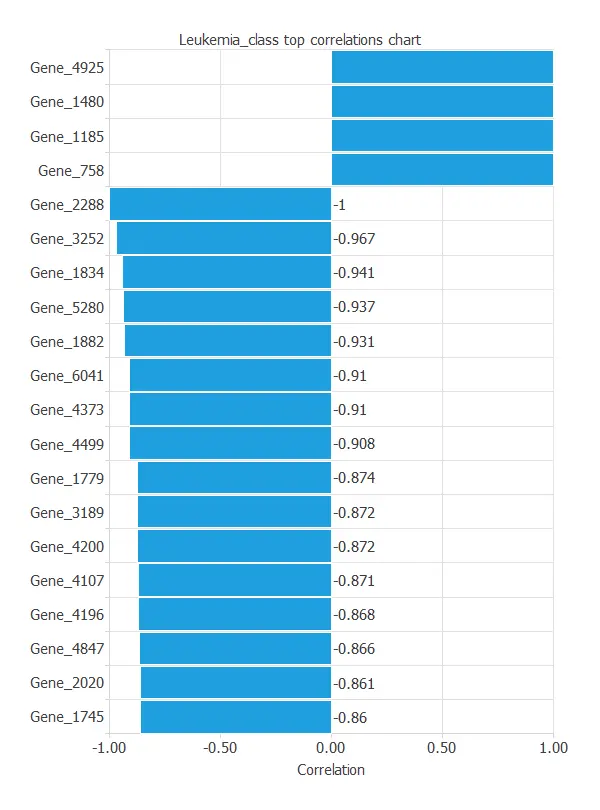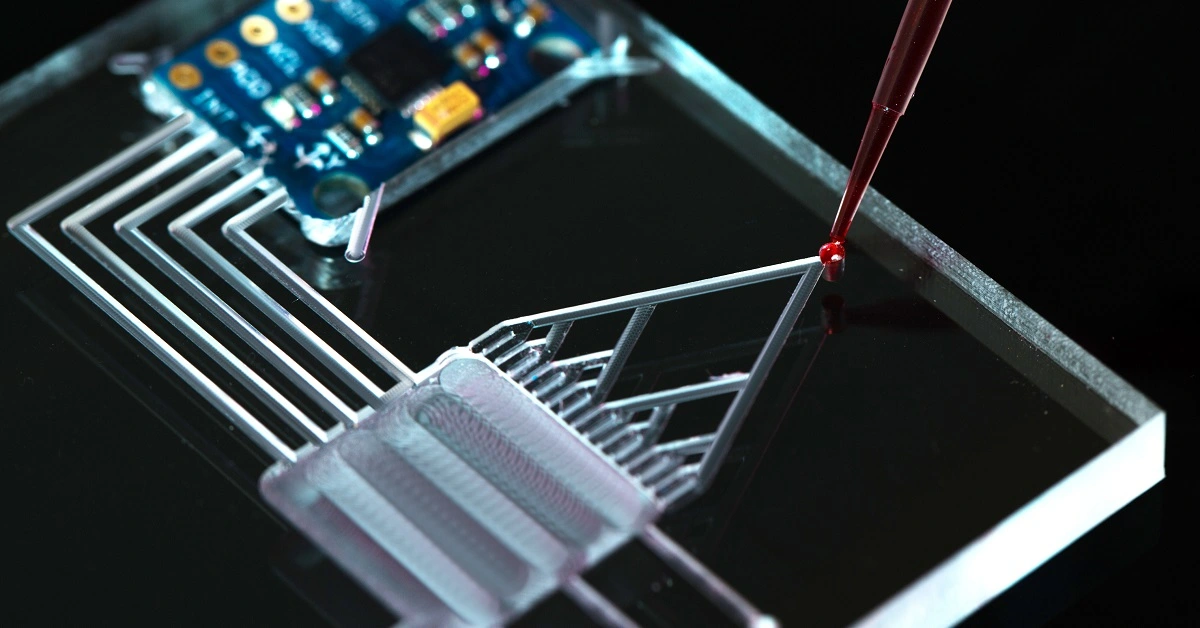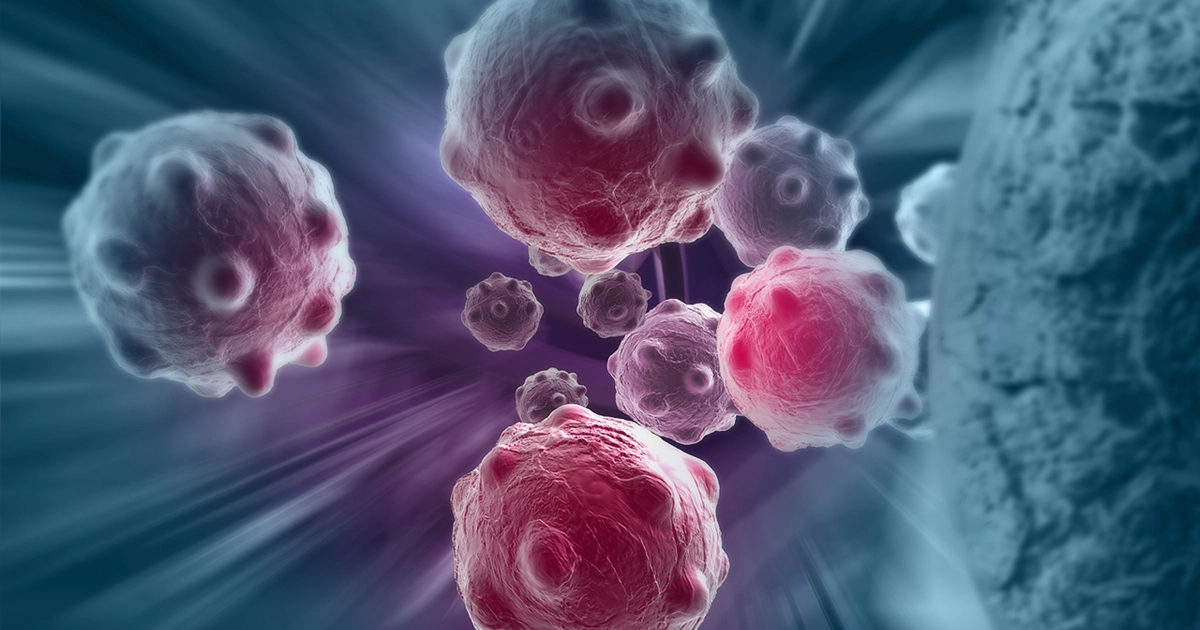Introduction
Machine learning analyzes microarray data to uncover complex biological patterns and interactions.
Microarrays, structured as gene-by-sample matrices and measuring DNA, RNA, proteins, tissues, or peptides via fluorescence, support identifying disease-related genes, predicting treatment responses, and studying environmental stress.
A notable example is cancer classification by gene expression (Golub et al.).
Systematic recording, expanding datasets, and public repositories, following standards from the Microarray Gene Expression Data Society, enable meaningful microarray analysis and research.
Healthcare professionals can test this methodology by downloading Neural Designer
Contents
1. Objectives
The analysis of clinical data enables us to understand the biological mechanisms that underlie diseases and how risk factors influence their development.

Thankfully, a large amount of data is currently available to clinicians. These data range from clinical symptoms to various biochemical assays and outputs of imaging devices.
These are some examples of types of data that could be useful to make an accurate medical diagnosis using machine learning:
- Disease data: Physiological measurements and information about known diseases or symptoms that an individual has experienced.
- Environmental data: Information about an individual’s environmental exposures, such as smoking, sunbathing, weather conditions, etc.
- Genetic data: All or critical parts of the DNA sequence of an individual.
2. Benefits
2.1. Analyze genes
Analyze gene changes to identify patterns and determine the conditions under which genes transition from a normal state to a diseased state.
2.2. Predict the future stages
Develop a model that can detect gene changes and predict whether they are in a normal or diseased state.
2.3. Prevent diseases
Use the predictive model to support preventive medicine and early diagnosis by revealing relationships between genes and diseases from large datasets.
3. Approach
Neural Designer is a machine learning software using neural networks to analyze large datasets, uncover gene–environment interactions, perform model and variable selection, and validate predictive models.
In this example, it identifies correlations between leukemia subtypes and gene expression, highlighting the most influential genes.

4. Conclusions
- The study of microarrays and gene expression can bring useful knowledge to very complex subjects, and it is a tool healthcare researchers are using to learn about diseases and how to treat them.
Relevant documentation:
- If you want to learn how to use Neural Designer, you can do that by reading the user´s guide or practicing with the examples.
- You can also learn more about neural networks by reading this guide.
References:
- Golub, T. R., Slonim, D. K., Tamayo, P., Huard, C., Gaasenbeek, M., Mesirov, J. P., … & Bloomfield, C. D. (1999). Molecular classification of cancer: class discovery and class prediction by gene expression monitoring. science, 286(5439), 531-537.
- Kuo, W. P., Kim, E. Y., Trimarchi, J., Jenssen, T. K., Vinterbo, S. A., & Ohno-Machado, L. (2004). A primer on gene expression and microarrays for machine learning researchers. Journal of Biomedical Informatics, 37(4), 293-303.
- Cho, S. B., & Won, H. H. (2003, January). Machine learning in DNA microarray analysis for cancer classification. In Proceedings of the First Asia-Pacific bioinformatics conference on Bioinformatics 2003-Volume 19 (pp. 189-198). Australian Computer Society, Inc.



